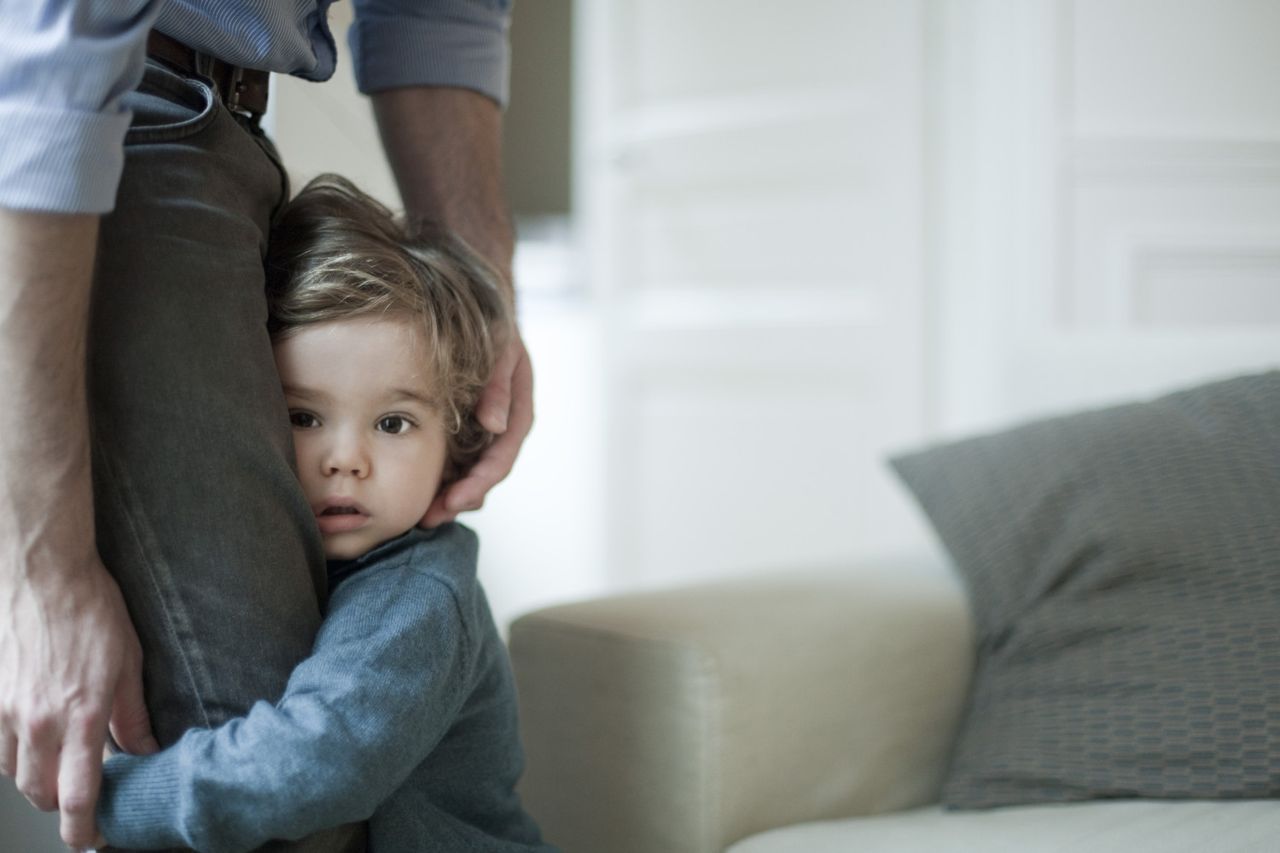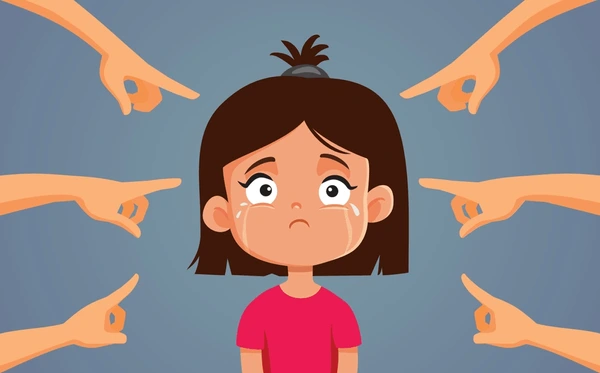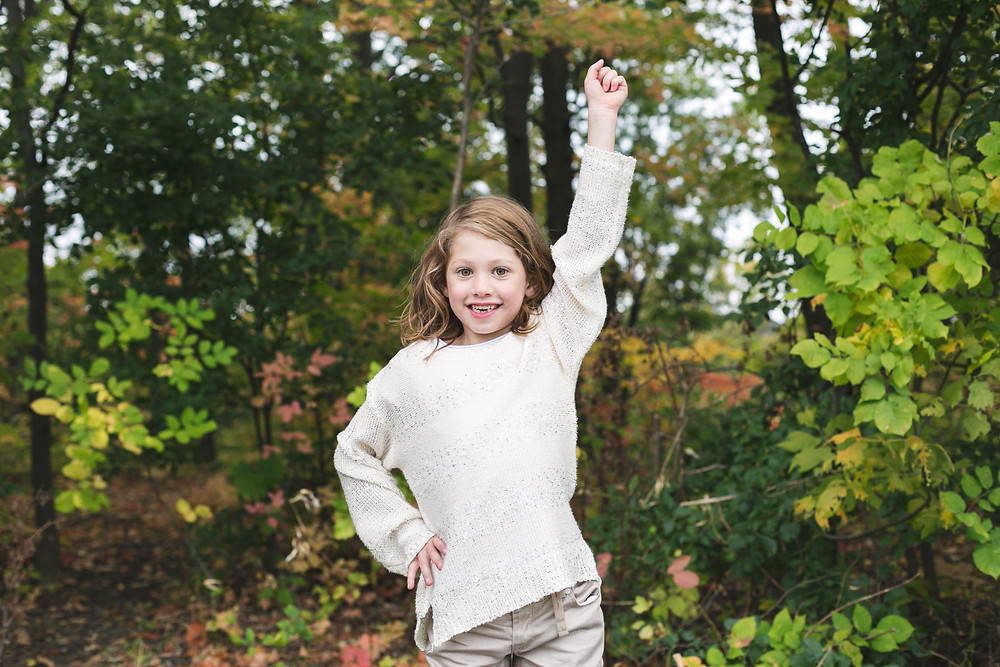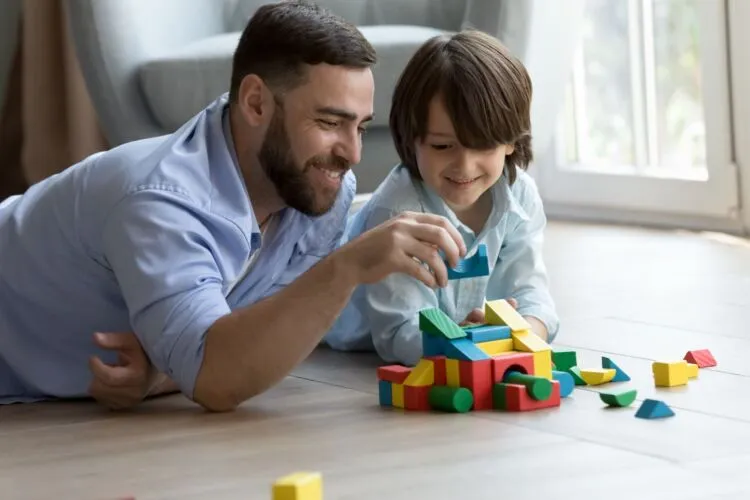
Parenting is a delicate balance between love and structure, freedom and boundaries. One of the biggest debates among parents and educators is whether punishment is a necessary tool for raising respectful and well-adjusted children—or whether it causes more harm than good. In this guide, we explore the powerful concept of discipline without punishment and how this approach can foster healthy emotional development while still establishing clear limits.
Rethinking Punishment in Modern Parenting
For generations, punishment was considered the standard response to misbehavior. Whether through time-outs, physical discipline, or revoked privileges, many adults believed that consequences would “teach a lesson.” But over the past few decades, psychologists and child development experts have challenged this notion.
Research now suggests that punitive parenting often leads to fear-based obedience, not true understanding. Worse, repeated punishment can damage a child’s trust, emotional regulation, and long-term mental health. Instead, a growing number of parents are embracing discipline without punishment, a method that emphasizes guidance, connection, and mutual respect.
Why Children Misbehave
Before we dive into strategies, let’s pause and ask: why do children act out? Most behavior, even when frustrating, stems from unmet needs or underdeveloped skills—not malice. Young children don’t yet have the tools to manage frustration, fear, or disappointment. When they yell, hit, or defy rules, they’re usually communicating distress.
Understanding this shifts our role as parents or caregivers. Instead of punishing the behavior, we can investigate its root cause—and guide children toward better choices next time.
The Problems with Traditional Punishment
1. It focuses on control, not learning
Punishment often teaches children what not to do, but doesn’t show them what to do instead. A child might stop hitting to avoid time-out, but still not know how to express anger safely.
2. It damages trust
When parents rely on fear or shame, it can create emotional distance. The child learns to hide mistakes instead of seeking help or expressing emotions.
3. It can lead to long-term emotional issues
According to the American Academy of Pediatrics, harsh discipline increases the risk of anxiety, depression, and behavioral problems later in life.
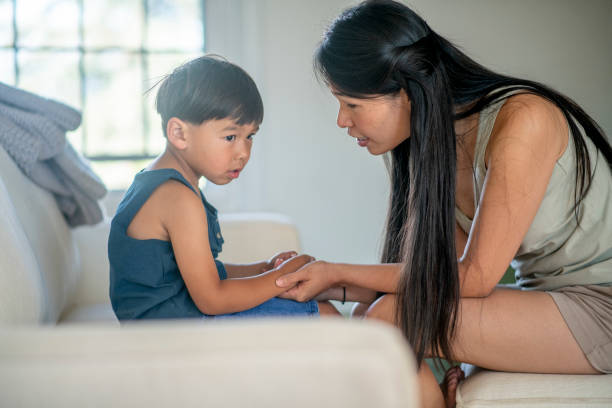
What Is Discipline Without Punishment?
Discipline without punishment means guiding children using empathy, consistency, and respectful boundaries. It doesn’t mean permissiveness or a lack of rules—it means that limits are enforced without fear or humiliation.
Instead of yelling or grounding, this approach asks:
-
What lesson does my child need right now?
-
How can I help them learn without harming our relationship?
-
What skill do they need to handle this situation better next time?
H2: Discipline Without Punishment Strategies
Let’s explore some proven techniques for guiding children without resorting to punishment.
1. Natural Consequences
Letting children experience the natural outcomes of their actions can be powerful. If a child forgets their homework, they might receive a lower grade—not a lecture from mom or dad. This teaches responsibility more effectively than imposed punishment.
2. Logical Consequences
These are consequences that relate directly to the behavior. If a child draws on the wall, a logical response would be helping clean it up—not taking away screen time.
3. Emotion Coaching
Teach children to name and navigate emotions. Saying, “It looks like you’re really angry right now—can you tell me what’s going on?” builds emotional intelligence and reduces future outbursts.
The Child Mind Institute emphasizes that emotional validation strengthens the parent-child relationship and helps reduce behavioral issues over time.
4. Setting Clear Expectations
Children thrive with structure. Use short, clear instructions, and review rules often. Instead of saying “Don’t be rude,” try: “Speak kindly, even when you’re frustrated.”
5. Model the Behavior You Want
Children watch adults closely. If we want them to be calm, respectful, and honest, we must show those traits ourselves—even in hard moments.
6. Offer Choices
Allowing children to make decisions within limits gives them a sense of autonomy. Instead of, “Clean your room now,” try, “Would you like to clean your room before dinner or right after?”
Common Myths About Gentle Discipline
Many parents worry that discipline without punishment will make their children spoiled, weak, or disobedient. But evidence says otherwise. Children raised with respectful boundaries tend to:
-
Internalize values more deeply
-
Communicate emotions more effectively
-
Show empathy and cooperation
Gentle discipline is not about avoiding hard conversations or letting children “run wild.” It’s about creating a safe space where they can learn from mistakes and grow into responsible, kind humans.
What About Dangerous or Aggressive Behavior?
Sometimes, children act in ways that require immediate intervention—hitting a sibling, running into the street, or destroying property. In these moments, safety comes first. But even then, we can respond with firmness, not fear.
Use short, calm directives: “I won’t let you hit.” Then, once calm is restored, talk about what happened and how to handle it differently next time.
If aggressive behaviors persist, it may be time to seek professional support. The Mayo Clinic recommends early behavioral intervention when outbursts become extreme or frequent.
What to Do Instead of Punishment: A Quick List
| Behavior | Punitive Reaction | Respectful Alternative |
|---|---|---|
| Screaming | Time-out | “Let’s take a break together and breathe.” |
| Lying | Scolding | “Let’s talk about what made it hard to tell the truth.” |
| Not listening | Yelling | “Can you repeat what I just said? Did you hear the rule?” |
| Hitting | Spanking | “I see you’re angry. We don’t hurt people. Let’s find another way.” |
Parenting With the Long Game in Mind
Think about what you want your child to be at 25 years old. Probably not someone who simply avoids consequences—but someone who can take responsibility, regulate emotions, and treat others with respect. Discipline without punishment helps shape that future.
Short-term compliance might feel satisfying, but long-term growth happens when children feel safe, understood, and empowered to make better choices.
Final Thoughts
Parenting without punishment takes time, consistency, and patience. There will be days when you’re exhausted or unsure. But each moment of connection, each time you choose to teach rather than punish, plants a seed of emotional resilience and mutual respect.
Discipline is not about control. It’s about building character, one compassionate conversation at a time.
FAQ About Discipline Without Punishment
Q1: Does discipline without punishment mean no consequences?
Q2: Will my child walk all over me without strict punishment?
Q3: What if my child doesn’t respond to gentle discipline?
Q4: Is punishment ever necessary in emergencies?
Q5: Can I still say 'no' to my child?
Q6: Where can I learn more about positive discipline?

